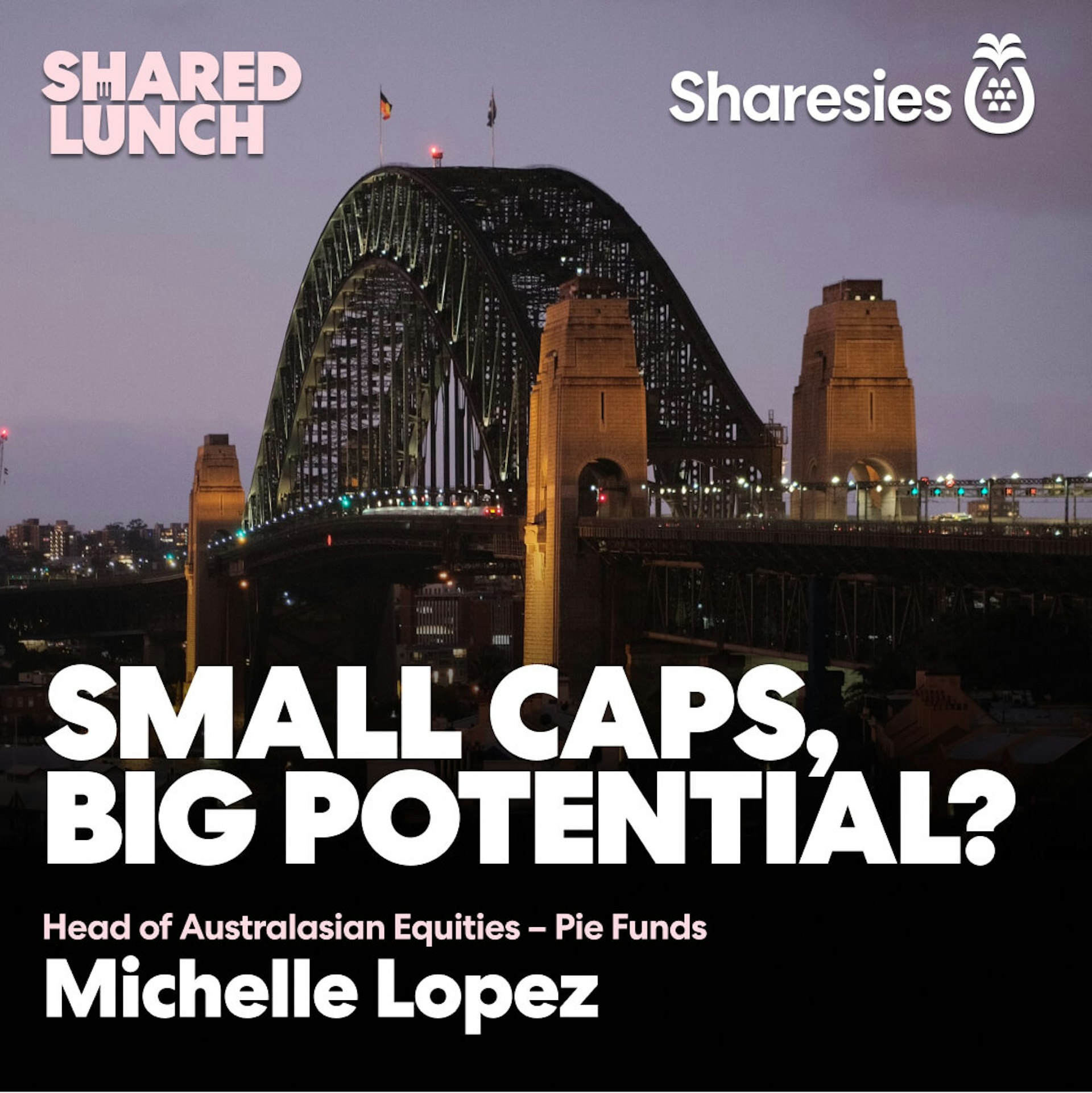Why invest overseas?
Let’s look at why you might invest in overseas companies and funds, and what you might consider when looking to invest in different-sized economies.

The Sharesies platform gives you access to investment options from all over the world. You can invest in companies based in Australia, New Zealand, and the US. You can also put your money in funds that invest in places such as Australia, Europe, Japan, the USA, and emerging markets like China, India, Russia, and Brazil. In short—you’ve got the world at your fingertips!
Why not keep it local?
As a starting point, we think there’s a lot of value in investing locally. After all, the local companies are in your community, providing goods, services, and jobs to you and people like you. But it can be worth thinking about how to keep your portfolio diversified.
Investing overseas is one of the many ways investors diversify. It’s not uncommon for economic booms or busts to hit different countries with different levels of intensity, so investing in different countries can help you get a piece of different booms, while also reducing the impact of any one bust.
So what are the upsides and risks of investing in different overseas economies?
Big developed economies
A developed economy is an economy where most of the basics are taken care of. Laws and contracts are enforced, so people can open businesses with more certainty. Important infrastructure like electricity is in place, and it’s reliable—when you flick the light switch, the lights go on, every time. People are generally well-educated, so if you want to hire someone, you can rely on them having basic skills like reading and writing.
On top of this, some of the developed economies are really large. You’ll recognise them—they include economies like the US, Japan, and Germany. They have lots of people, and they produce really valuable goods and services that they sell to the whole world.
For example, the vehicle maker Toyota is based in Japan. Toyota has factories all over the world, but whenever a car rolls off the line and gets sold, the profits flow back to Japan. Same goes for the iPhone (US) and even Best Foods Mayonnaise (manufactured by UniLever, a British/Dutch company).
Investing in these developed economies means investors can get a stake in the economies of some of the richest countries in the world. What’s more, the big players in these economies sell things all over the world. This can help insulate them from local economic issues because there’s money coming in from all over the place.
Small developed economies
There are just a few big developed economies in the world. There are also heaps of smaller developed economies. These are economies that have the same features as the larger ones (good infrastructure, reliable laws, and educated people) but they don’t have the large populations that the big economies do, and they’re not as rich.
New Zealand is a good example of one of these—as are Finland, Denmark and Ireland.
Some smaller developed economies are export-driven. This means they make a good chunk of their total money by selling stuff to other economies.
For example, in Australia (a medium-sized developed economy) we export natural resources like gold, iron, and coal. These things are valuable, but they also cost a lot to get in the first place. What’s more, the end product is less valuable. Imagine how much more a truck full of iPhones would cost compared to a truck full of iron!
All this is to say that different economies are made up of different building blocks—so investing overseas can give you access to the pros and cons of different types of economies.
Emerging economies
Finally, there’s one more big group of overseas investments available: the emerging economies. These are economies that are still considered ‘developing’. Examples of these include China, India, Russia, and Brazil.
Investing in these economies might be more affordable than investing in other economies, but it’s important to look at each investment on a case-by-case basis.
China, for example, has more than a billion people than the US, which may mean a billion more people potentially contributing to a hugely valuable whole.
However, the risk is that building infrastructure is hard, expensive, and takes ages. And it’s not a sure thing, either. Some economies never quite manage to emerge, which means the companies in those economies are unlikely to have the same ability to create value that companies in developed economies have.
But investing in an emerging economy might potentially get you on the ground floor of huge growth. Take a look at the US S&P 500 over several decades:

The US really started to emerge as an economy in the 1950s. And, as you can see, the S&P 500 was worth around $20 at the time. If a person invested $100 in 1950, it would be worth approximately $15,000 today! However, it isn’t guaranteed that an economy will have that growth, and some economies may never emerge.
Wrapping up
Investing overseas is one way to diversify your portfolio across a geographic dimension. Every economy has its own little quirks, specific upsides and risks, and different ways of reacting to different scenarios.
As always, you should do your research, then follow the strategy that best suits your goals and financial situation.
Ok, now for the legal bit
Investing involves risk. You might lose the money you start with. If you require financial advice, you should consider speaking with a qualified financial adviser, or seek independent legal, taxation, or other advice when considering whether an investment is appropriate for you. Past performance is not a guarantee of future performance. This content is brought to you by Sharesies Limited (NZ) in New Zealand and Sharesies Australia Limited (ABN 94 648 811 830; AFSL 529893) in Australia. It is not financial advice. Information provided is general only and current at the time it’s provided, and does not take into account your objectives, financial situation, and needs. We do not provide recommendations. You should always read the product disclosure documents available from the product issuer before making a financial decision. Our disclosure documents and terms and conditions—including a Target Market Determination and IDPS Guide for Sharesies Australian customers—can be found on our relevant NZ or Australian website.
Join over 860,000 customers



